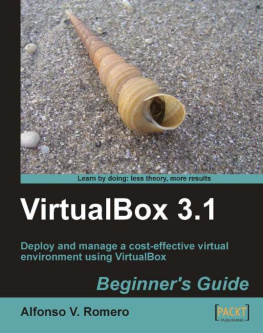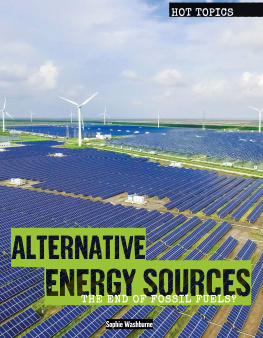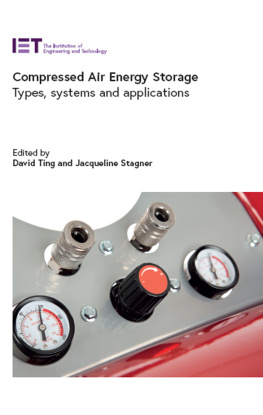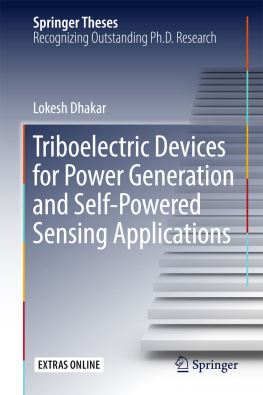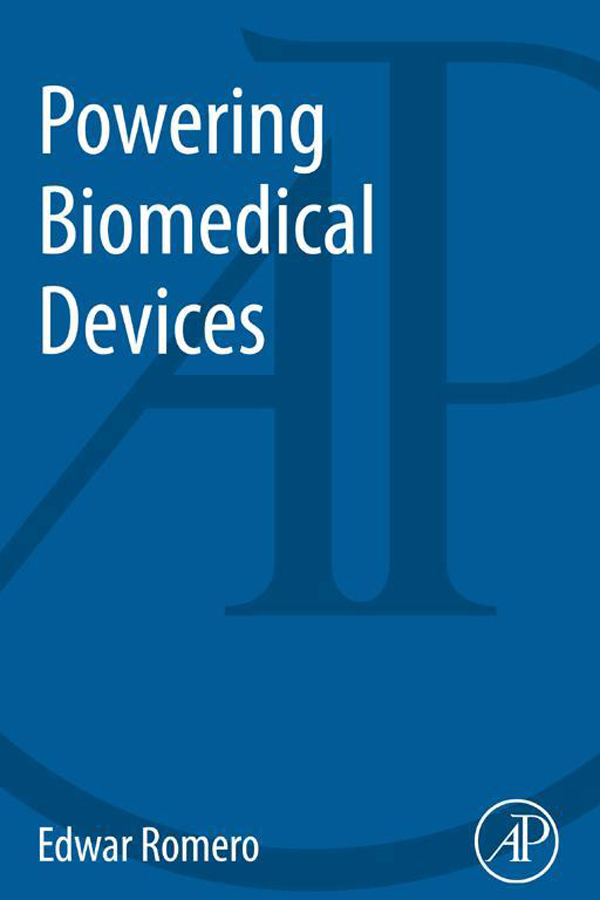Copyright
Academic Press is an imprint of Elsevier
The Boulevard, Langford Lane, Kidlington, Oxford, OX5 1GB, UK
225 Wyman Street, Waltham, MA 02451, USA
First published 2013
Copyright 2013 Elsevier Inc. All rights reserved.
No part of this publication may be reproduced or transmitted in any form or by any means, electronic or mechanical, including photocopying, recording, or any information storage and retrieval system, without permission in writing from the publisher. Details on how to seek permission, further information about the Publishers permissions policies and our arrangement with organizations such as the Copyright Clearance Center and the Copyright Licensing Agency, can be found at our website: www.elsevier.com/permissions.
This book and the individual contributions contained in it are protected under copyright by the Publisher (other than as may be noted herein).
Notices
Knowledge and best practice in this field are constantly changing. As new research and experience broaden our understanding, changes in research methods, professional practices, or medical treatment may become necessary.
Practitioners and researchers must always rely on their own experience and knowledge in evaluating and using any information, methods, compounds, or experiments described herein. In using such information or methods they should be mindful of their own safety and the safety of others, including parties for whom they have a professional responsibility.
To the fullest extent of the law, neither the Publisher nor the authors, contributors, or editors, assume any liability for any injury and/or damage to persons or property as a matter of products liability, negligence or otherwise, or from any use or operation of any methods, products, instructions, or ideas contained in the material herein.
British Library Cataloguing in Publication Data
A catalogue record for this book is available from the British Library
Library of Congress Cataloging-in-Publication Data
A catalog record for this book is available from the Library of Congress
ISBN: 978-0-12-407783-6
For information on all Academic Press publications visit our website at store.elsevier.com

Preface
Biomedical technology has evolved through the decades for specialized medical care and treatment of a number of conditions and we expect it to continue evolving. For instance, the first cardiac pacemaker in the 1960s, using the now discontinued mercury-oxide cell, provided 23 years of operation. Nowadays, pacemakers can operate reliably for 10 years. The lithium-based battery technology used by the 1970s helped to propel that feat. We also expect biomedical technology to merge with electronic devices for noninvasive and implantable devices for health care. Due to the surge in wireless communications, and partly because of the ease of connection without the need for wires, we are also expecting this venue to permeate a number of applications, such as for health-care monitoring. Although there are a number of concerns regarding privacy, there are technical details about the transmission of information by itself. However, what about the batteries?
Being an engineer doing research on energy harvesting I wondered if there are technologies that makes it possible to harness energy from the surroundings to power our gadgets. If there are mechanical and electromechanical self-winding wristwatches, what about low-power monitoring devices for health purposes? Before that, I always had in my mind other questions in order to see this idea become a possibility. How much energy is available? Is there a limit for generation? What can be powered with it? I only found partial answers to these questions. Thus, the purpose of this book is to answer most of the questions I had in my mind for a number of years.
I expect the books structure gives you an idea of the future possibilities for energy harvesting in biomedical applications. The Introduction discusses the challenges in the near future for health care while at the same time explaining about technology trends, energy harvesting, and the overall limits of the energy generating technology at small scale. Power Sources talks over the actual power sources, battery technology, the power available from the human body, and the power limits for kinetic energy generators while applying this approach to walking and running. Enabling Technologies describes the different approaches to generate energy from the human body, with special emphasis in kinetic energy generators reported in the literature. Power Consumption and Applications reports actual medical devices (especially implantable medical devices), the applications and power consumption to have an idea of what could be powered with energy harvesters. Future Trends considers the challenges and possibilities for this technology to be employed in the near future. It is my personal expectation to have provided the tools and foundation for designing and deciding about alternative powering options for biomedical devices.
I would like first to acknowledge the vast array of researchers on whose work this book came to be. I hope to have honored you. On a personal level, I also would like to thank Prof. Robert Warrington to encourage me to try and to keep going forward. There are things you dont fully appreciated until later on. I would like to show my appreciation to Prof. Michael Neuman to inspire me into looking for different directions, even in different disciplines; I think I never congratulated him for it. I know I learned lessons for life from both of you. Finally, I wish to thank my wife for supporting me this time.
I would also like to express my appreciation to Joe Hayton, Chelsea Johnston, Lisa Jones and all the staff at Elsevier for their quality production of the book.
Chapter 1
Introduction
).
Table 1.1

aPopulation Division of the Department of Economic and Social Affairs of the United Nations Secretariat, World Population Prospects: The 2008 Revision, http://esa.un.org/unpp.
These biomedical devices, however, come with their own issues, mainly power source challenges. Batteries are commonly used to energize most of these applications, but they have a finite lifetime. As biomedical devices tend to be relatively power hungry, a trade-off between battery capacity and size has governed the lifespan, dimensions, and capabilities for battery-powered devices. New technologies such as energy harvesting have the capability to effectively power electronic instruments. Harnessing energy from sources such as motion, sunlight, and temperature changes has been employed respectively on electronic self-winding wristwatches, solar-powered calculators, and thermal-powered wristwatches. Therefore, energy harvesting is an alternative to batteries for energizing electronic devices.
Energy harvesting was the main technology used before the advent of the internal combustion engine, the power grid, or batteries. For instance, wind turbine farms and hydroelectric plants are the successors of windmills and water wheels. Small electrical generators were also used in radios and flashlights operated by hand cranking in the 1940s. Other recent examples include the bicycle dynamo (capable of producing up to 3 W of power) and lever-driven mobile phone chargers (up to 2 W of power) () (similar to an eel swimming, one device uses the traveling vortices in water to strain piezoelectric polymers). One of the most well-known examples of energy harvesting from body motion is the self-winding wristwatch mechanism that evolved from being entirely mechanical (wind-up) to use a hybrid approach (using a miniature electromagnetic generator to charge a battery).


